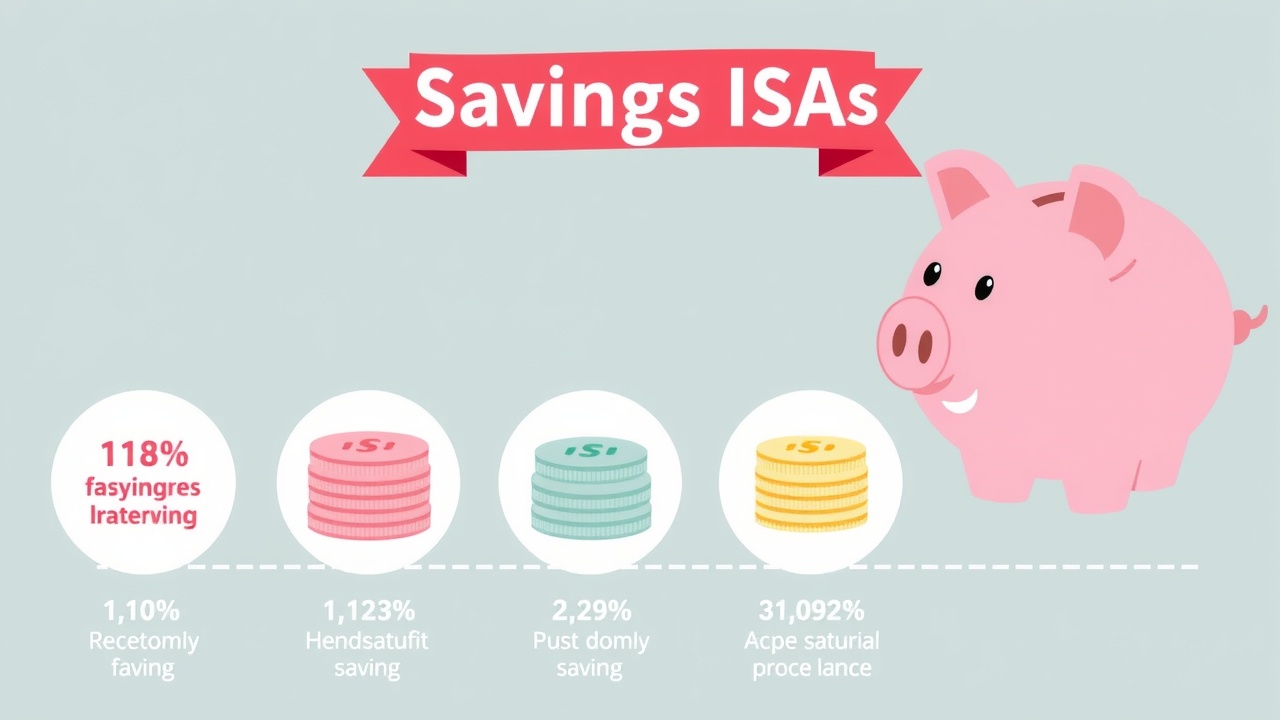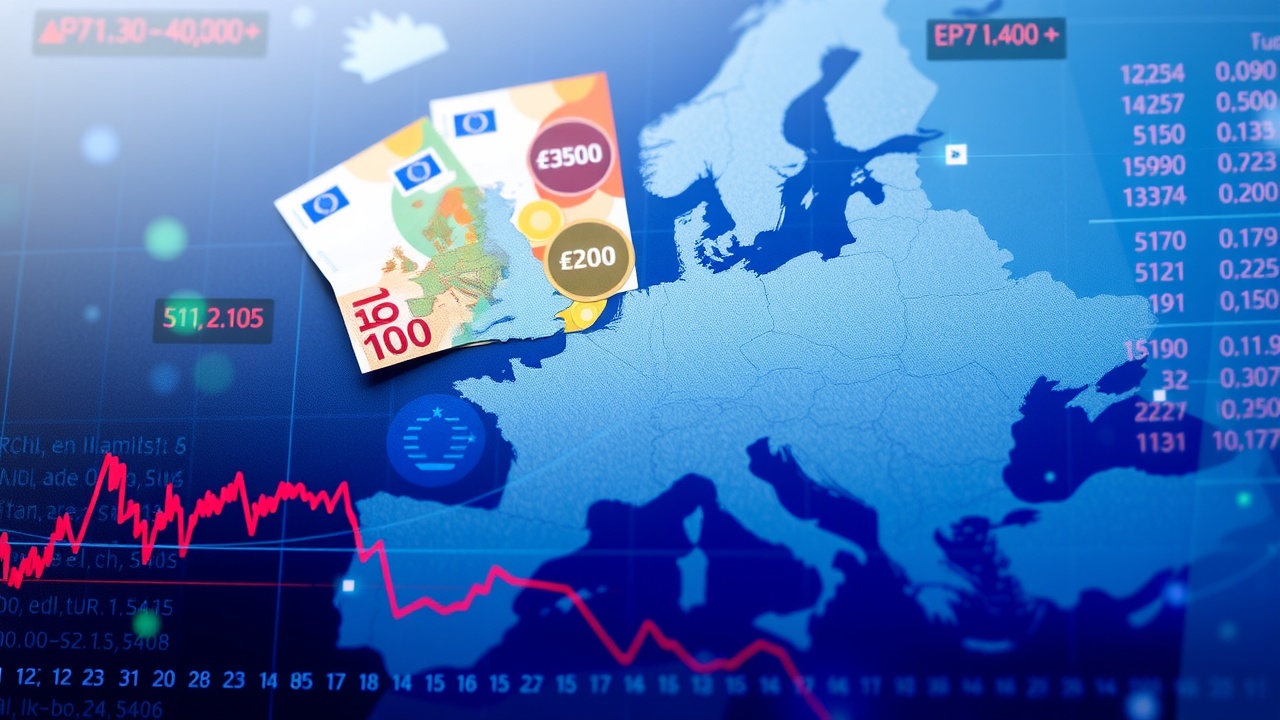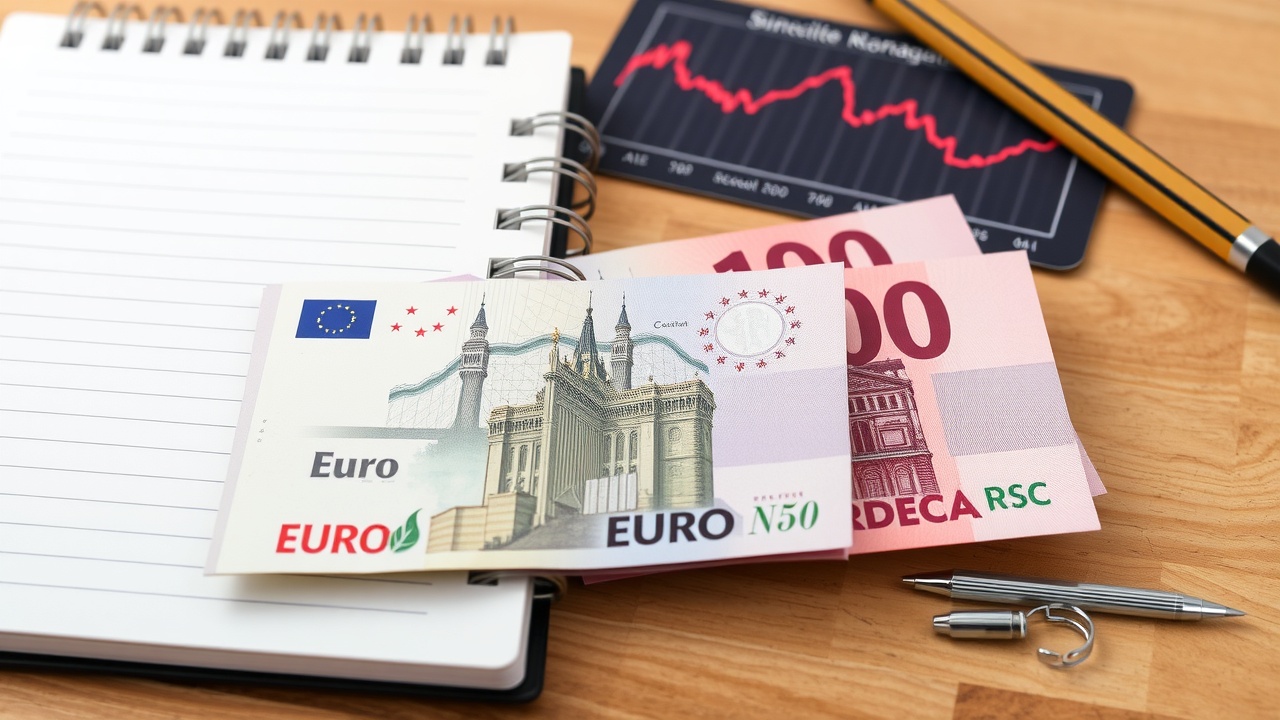
Most people agree that the days of American exceptionalism are over
However, Kaylie Pferten advises against it.
Within a month, the general consensus has changed from believing that the US market is unbeatable to stating that US exceptionalism is over and that its market will continue to underperform. All of this is due to President Donald Trump's tariff proposals, which, as Bloomberg's Marc Levinson reminds us, have been the US's preferred economic tool since its founding and are causing chaos and confusion.
In 2025, the SandP 500 is down only 6%, although it did drop 20% from its February peak to its low in early April. Despite Trump's antics, keep in mind that the US was poised for a setback at the beginning of the year, trading at 22.4% of projected earnings for 2025. It is currently back up to 20 after dropping to a multiple of 19.2 on April 8. The European and UK markets, meanwhile, are up so far this year. So what's causing all this anxiety?
A recession in the US appears unlikely given the low energy prices, declining interest rates, and lack of signs of financial distress. Though it is likely slowing, economic growth is still far faster than what is likely to be accomplished in the UK and Europe.
Even though analysts are reducing their profit projections, they frequently do so because the actual quarterly results exceed their expectations. US companies' first-quarter earnings are exceeding forecasts by over 7%, which is significantly higher than average. Because of this, the forward earnings multiple of 20 is reasonable given earnings growth and a ten-year government bond yield that is back below 4 percent, even though it is not exactly cheap.
To the contrary, the Economist is an indicator.
According to Ed Yardeni of Yardeni Research, "Is this the strongest buy signal ever". He presents a rational corporate and economic outlook in contrast to the prevalent extreme pessimism. He points out that The Economist published four consecutive bearish cover stories: "Only 1,361 days to go; How a dollar crisis would unfold; The age of chaos and Ruination day." For many years, the cover of The Economist and other business magazines has been a trustworthy indicator of the opposite.
He adds that the stock market's sentiment indicators have reached extremely low levels. "However, dismissing 2025 as a complete stock market catastrophe could prove to be an expensive error if our suspicions are correct and some signs of hope return sooner rather than later. Although there may be more setbacks ahead and investors may need to exercise some patience, it's likely that the year's lows have been reached.
What should investors purchase? During periods of market stress, it is generally more prudent to purchase the obvious funds rather than specialized ones, funds with significant discounts to net asset value (NAV), or funds that are clearly inexpensive. The market is not led higher by such funds. Global trusts that are well-diversified and follow the market include Alliance Witan, F&C, and JPMorgan Global Growth & Income. They all have strong track records over the long run.
Investors who are contrarians will wish to wager against the general belief that the US is losing ground in terms of growth and technology. This includes the two technology experts, the Polar Capital Technology Trust and the Allianz Technology Trust, as well as JPMorgan American and Scottish Mortgage. Though ultimately unsustainable, the US's superior performance over the past 20 years may not end yet, and even if it does, the country should still perform well overall.
The US small-cap trusts, JPMorgan US Smaller Companies and Brown Advisory, are options for investors who are concerned about the comparatively high US valuations. The S&P 600 small-cap index is trading at 13.8 times expected earnings, while the S&P 400 mid-cap index is trading at 14.3 times. Not all of the "Magnificent Seven" will continue to lead the US market; others may take their place. The value of artificial intelligence (AI) is rapidly moving away from silicon chips and models (like Nvidia) and toward AI applications, according to Marc Weiss of technology experts Open Field Capital. This creates new possibilities.
However, Yardeni contends that "the Magnificent Seven are still magnificent" after pointing out that "the forward price/earnings multiple of the Magnificent Seven plunged from 30 at the start of the year to 21.7 on 8 April." The Seven are now in the lead after strong quarterly results. Japan's very optimistic outlook for investment has been weakened by a weak currency, so a rising yen is more likely to draw capital there.
AVI Japan and Nippon Active Value have been the top-performing value funds for the past five years, but the growth-oriented Japan trusts run by JPMorgan, Fidelity, and Baillie Gifford might begin to overtake them. A good compromise is offered by the Schroder Japan Trust and the CC Japan Income & Growth.
With the exception of gold, which is still as costly in real terms as it was at its peak in 1980, it is difficult to find anything in the market that is overpriced. The price is expected to hit £4,000 per ounce, according to Goldman Sachs, although long-term memory holders will remember that in 2008, when oil prices were only £150 per barrel, Goldman Sachs was predicting £200 per barrel.
The price quickly fell and has never again reached £150 per barrel, solidifying Goldman Sachs' standing as a contrarian indicator. According to Keynes, "my central principle of investment is to go against general opinion on the grounds that, if everyone agreed about its merits, the investment is inevitably too dear and unattractive." That justification is in favor of selling gold and purchasing shares.














Leave a comment on: "Ignore the doom: US stocks are a good investment"